
The Art of Non-Alcoholic Spirits
blog
For decades, spirits and cocktails have fostered a culture of craft, connection, and celebration. But over time, cocktail culture has evolved far beyond the buzz!
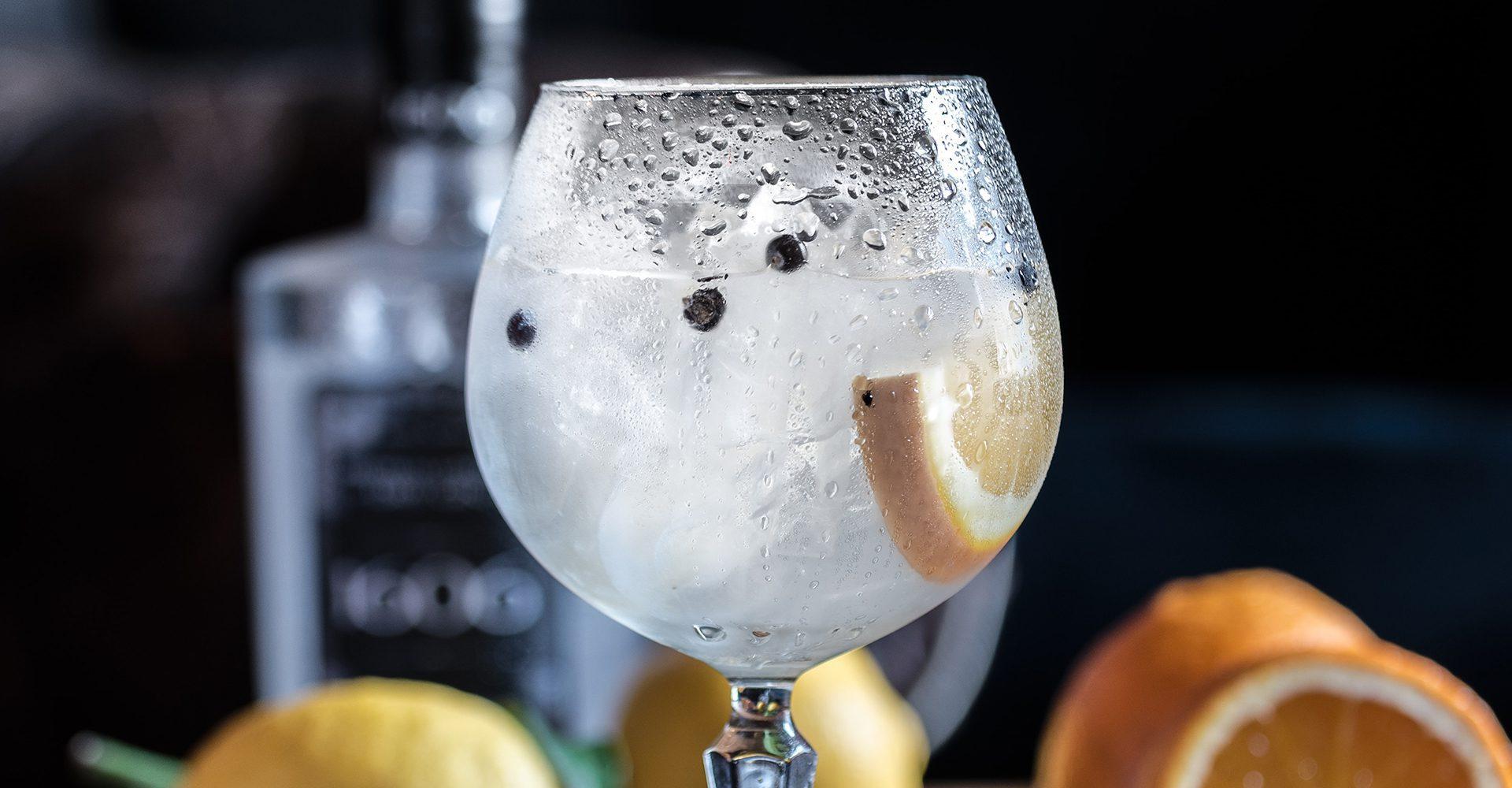
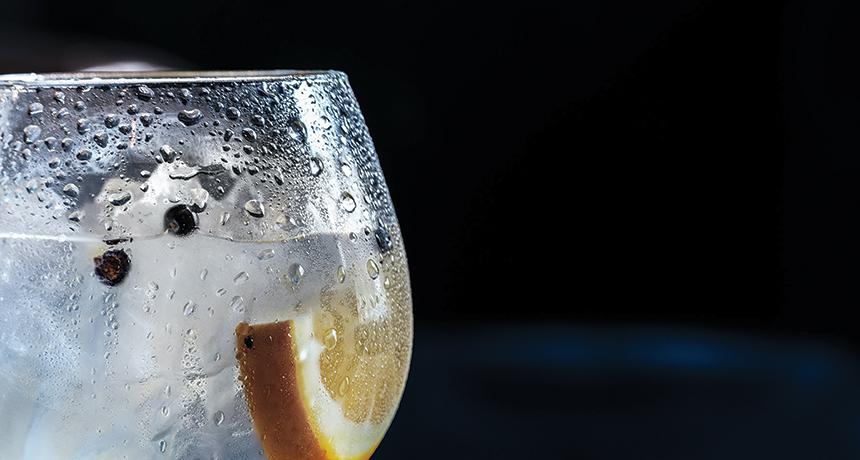
Whether it's due to being stuck at home during COVID-19, or people pivoting on their own to explore the spirits world, one thing is for sure — the spirits industry is booming in both purchasing and consumption. The gin category, and specifically the craft category, has seen exponential growth, specifically a 9% increase each year for nearly a decade, according to the American Distilling Institute. And while it wasn't a typical year due to the global pandemic, the category of craft gin distillers reached a growth rate of 122% from 2020 to 2021. The idea of "what comes up, must come down" naturally comes to mind when industry leaders see similar outlier statistics, so what will happen after the current gin craze, and how will businesses prepare for the inevitable shift in popularity?
With a steady increase in people trying to enter the gin industry, growth numbers are similar to those seen during the pre-prohibition era, except this time around, we have an increased capacity for production. Launching a gin brand isn't an exorbitant cost for entry. With the unilateral intrigue in craft cocktails and distilleries, investment and further exploration in craft and gin categories make sense. With gin, wait times for market entry are less, and overhead costs are naturally lower, so it's a fantastic product for new distillers to start with. Other spirits, like bourbon, must wait for age appropriateness before launching into the market, so gin is a much faster spirit to produce. In fact, due to local legislation changes in many states across the country, which enables beverage businesses to function more like a bar, investing in gin categories is a smart move if you're already a fixture in the industry. With these businesses now offering incentives like tastings and product cocktails, gin has become more of a destination that can remain sustainable if business owners become experts in their local economy and demographic.
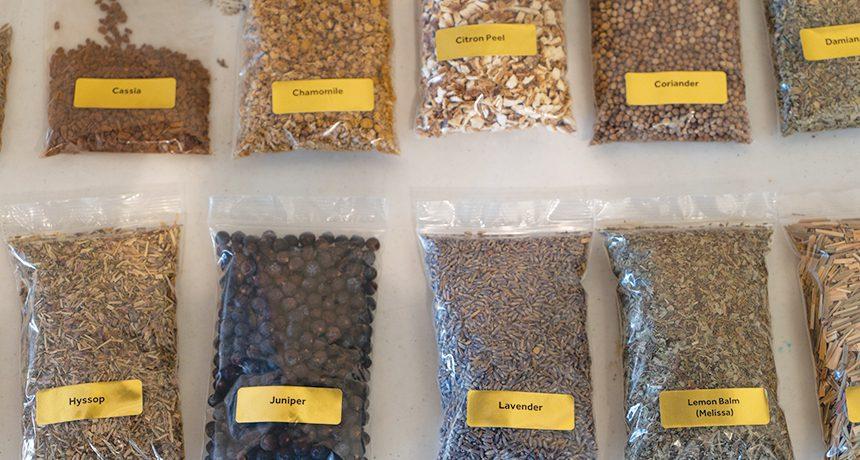
There are currently about 2,100 distilleries across the United States, which equates to anywhere from three to 150 "local" distilleries for every state that a bar or restaurant would need to carry to support local product growth. There's simply not enough shelf space for this. This means a gin producer needs to think about how to differentiate their brand and make their brand unique. Whether that's utilizing local botanicals or ingredients indicative of their specific area or standing out with your overall marketing efforts, producers need to strongly consider what will make customers reach for their product on the shelves while also being mindful of the FDA "GRAS" (generally recognized as safe) list. As long as there is supply and demand for gin, the market can maintain its competitiveness, but for this to happen, consumers need to keep their money in their economy by shopping these local brands. Meanwhile, business owners and developers in the gin space must focus on how they can better serve and accommodate the interests in their community to support this organic growth.
If your business doesn't have the privilege of selling your brand products on-site or offering cocktails to customers due to differing state laws, finding a way to make that change is the first step in increasing revenue capital. Legislative leaders have their eyes on Kentucky due to its rich, distilling history, and other state legislatures will often follow suit once we see success in the Bluegrass. Your state's local distilling guild or association is a powerful tool for achieving parity through legislation.
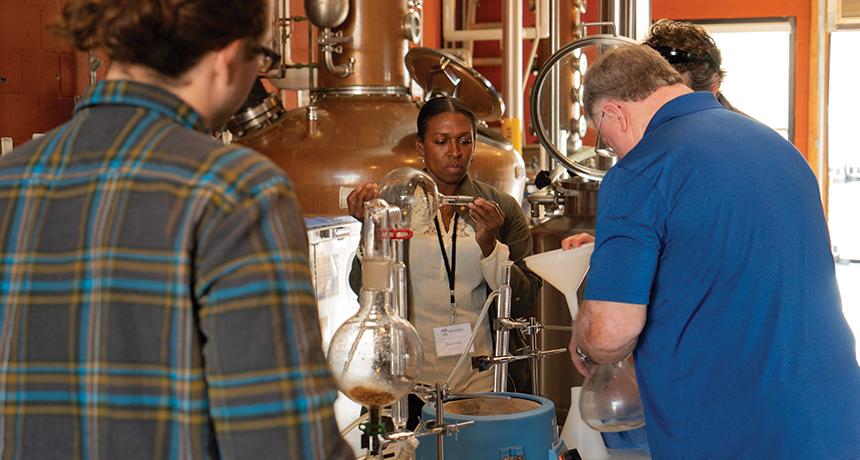
In 2021, nearly 10 million 9-liter cases of gin were sold in the United States, generating $1 billion in revenue for distillers, according to the Distilled Spirits Council of the United States. The category is a saturated industry that will naturally ebb and flow as beverage trends evolve. Hopefully, we see these numbers stabilize and remain above the nearly 10% growth seen within the last decade. And while learnings tell us that relying on gin alone is typically not enough to sustain a small business like a local distillery because of the numerous barriers for entry, focusing on local trends and consumer interest will help retain brand loyalty in a competitive market. Ultimately, with these practices in place, gin exploration will remain a fixture in beverage popularity rather than just a fad.
Related Content

blog
For decades, spirits and cocktails have fostered a culture of craft, connection, and celebration. But over time, cocktail culture has evolved far beyond the buzz!
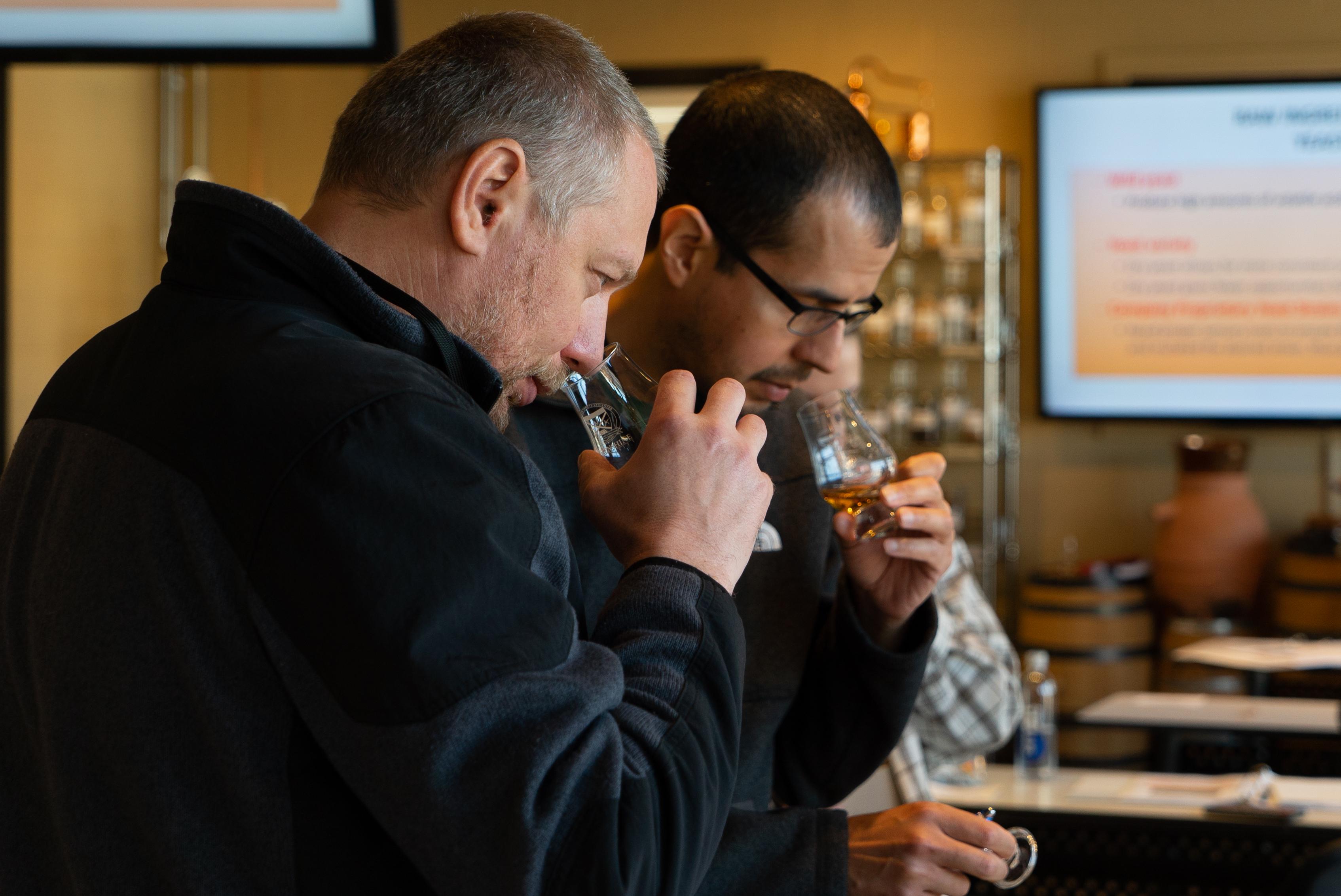
blog
Those that are familiar with the process of crafting distilled spirits may also be familiar with the 10 common congeners that are created during fermentation, and honed during the distillation run. Each congener has its own distinct personality, rendering unique tastes and aromas to the finished spirit.
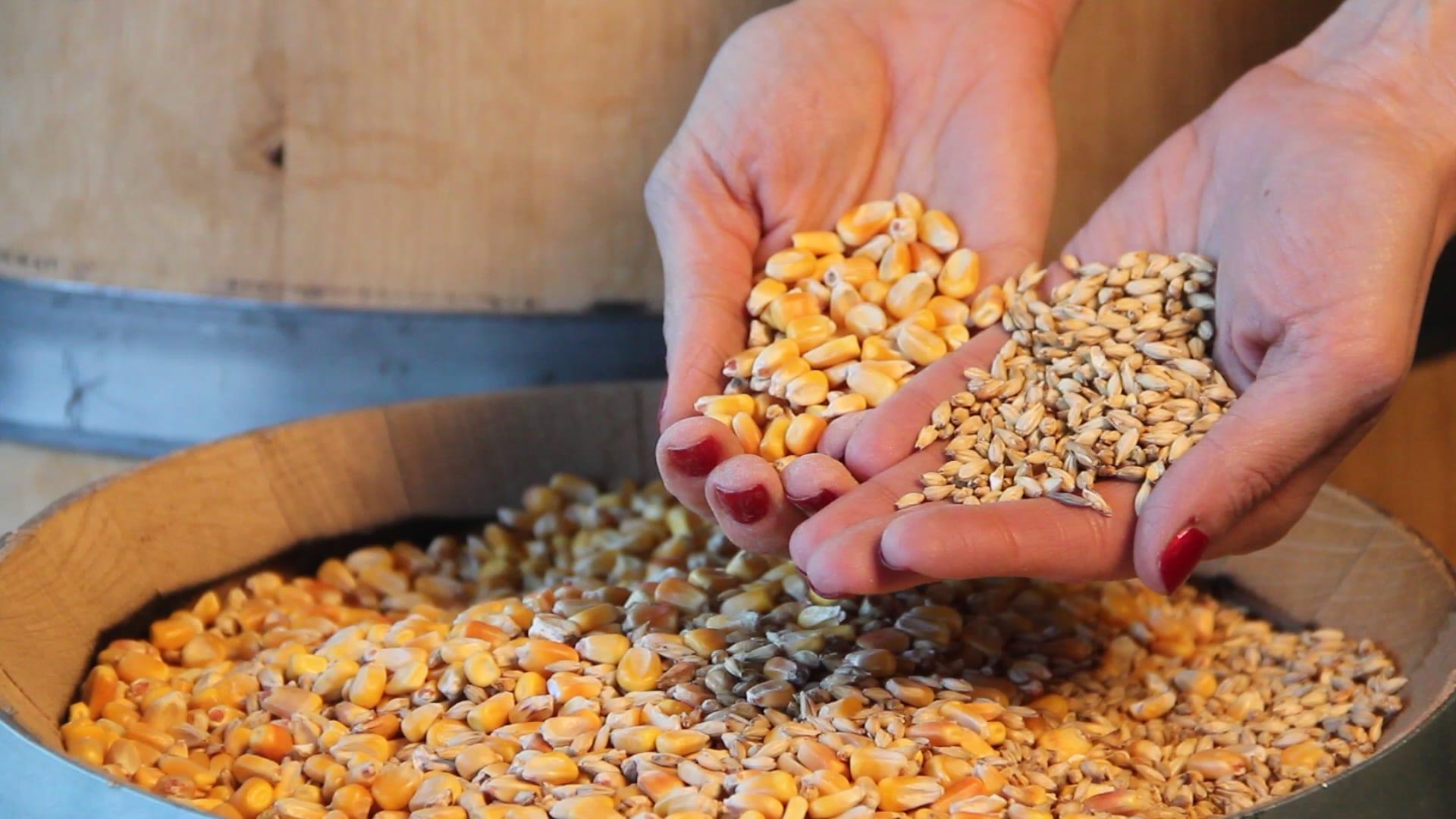
blog
So, you want to start distilling with freshly milled grain. Maybe you're tired of paying top dollar for the pre-milled stuff from the malt distributor, and you're ready to invest in the quality, efficiency, and bulk pricing that comes with milling your own whole grain. But where do you start?